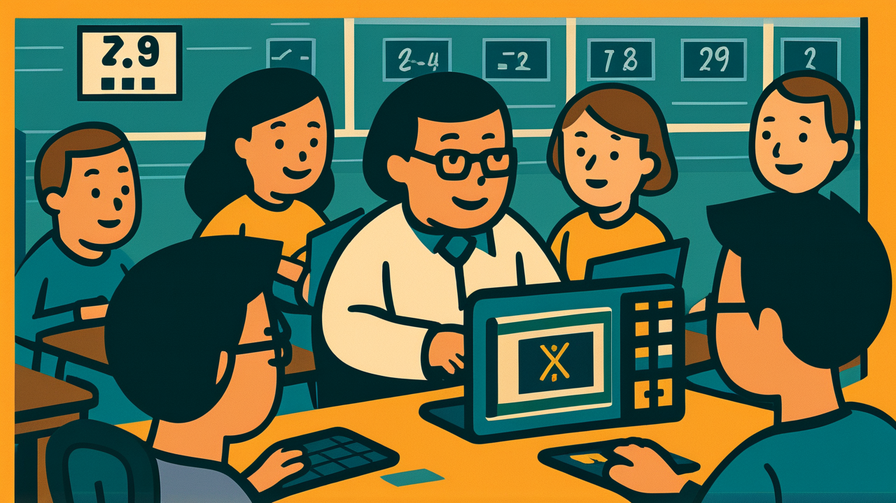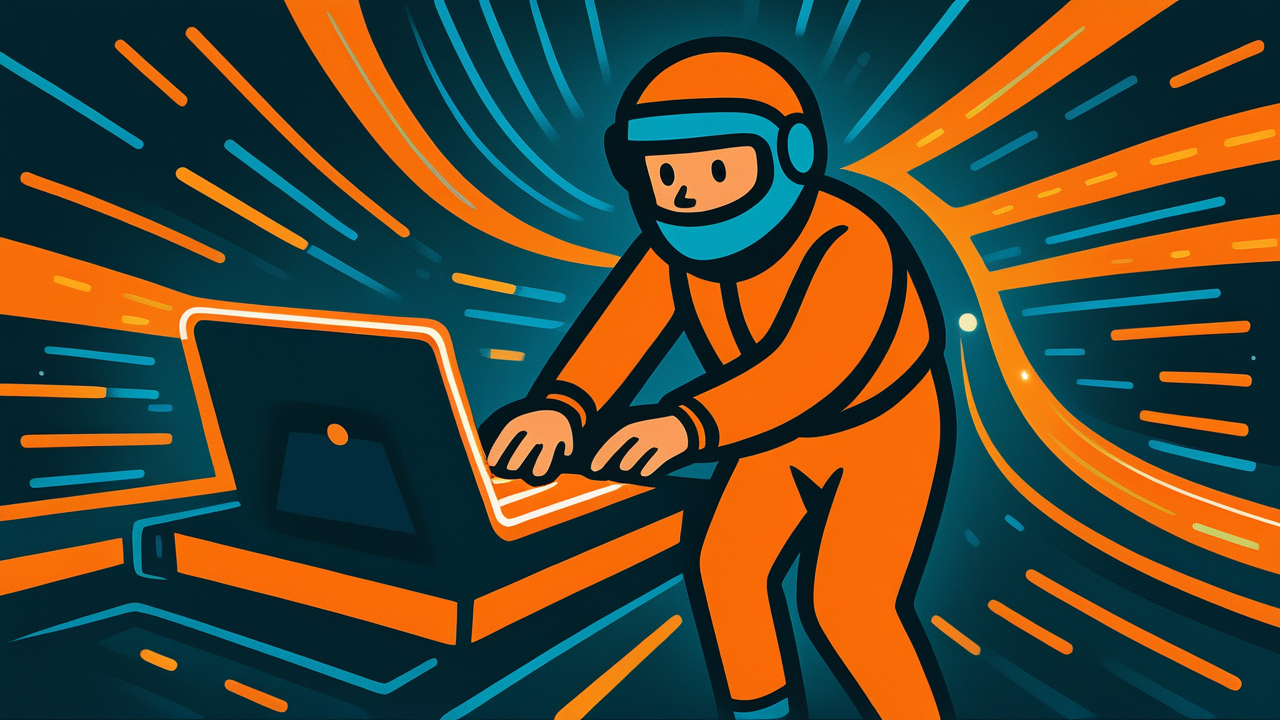[Disclaimer] This article is reconstructed based on information from external sources. Please verify the original source before referring to this content.
News Summary
The following content was published online. A translated summary is presented below. See the source for details.
NVIDIA has released cuda.cccl, a new Python library that brings powerful GPU programming tools previously only available in C++ to Python developers. The library provides building blocks from CUB and Thrust, which are used by major projects like PyTorch, TensorFlow, and RAPIDS. The key innovation is enabling “kernel fusion”—combining multiple operations into a single GPU command for dramatic speed improvements. In benchmarks, cuda.cccl achieved 25x faster performance compared to naive implementations. The library consists of two parts: “parallel” for operations on entire arrays and “cooperative” for writing custom GPU kernels. A demonstration shows computing an alternating sum (1-2+3-4+…N) using iterators that don’t require memory allocation, explicit kernel fusion that reduces GPU calls from four to one, and less Python overhead. This fills a crucial gap for Python developers who previously had to switch to C++ for custom high-performance algorithms. The library is particularly useful for building custom algorithms from simpler operations, creating sequences without memory allocation, and working with custom data types. Installation is simple via pip, making GPU acceleration more accessible to Python programmers.
Source: NVIDIA Developer Blog
Our Commentary
Background and Context

You know how your favorite games run super smooth on a gaming PC with a good graphics card? That’s because games use the GPU (Graphics Processing Unit) to do millions of calculations at once. But here’s the problem: most programmers using Python couldn’t easily tap into this GPU power—until now.
Think of it like this: CPUs (regular processors) are like one super-smart student doing math problems one at a time, while GPUs are like having 10,000 students each doing simple problems simultaneously. NVIDIA just gave Python programmers the tools to command this army of 10,000 students!
Expert Analysis
Let’s break down what makes cuda.cccl special using the cooking analogy:
The Old Way (Slow): Imagine making a sandwich by going to the kitchen four separate times—once for bread, once for meat, once for cheese, once to assemble. That’s how Python typically talks to the GPU—lots of back-and-forth trips.
The New Way (Fast): Kernel fusion is like gathering all ingredients in one trip and making the sandwich in one smooth process. Instead of four GPU commands, you send just one! The example in the article shows this made code run 25 times faster—that’s the difference between waiting 25 seconds and 1 second!
Memory Magic: The library uses “iterators”—imagine describing a number sequence (1,2,3…1 million) without actually writing down all million numbers. This saves massive amounts of memory and makes things even faster.
Additional Data and Fact Reinforcement
Real-world impact of this technology:
• 25x speed improvement in the demonstrated example
• Used by major AI frameworks: PyTorch, TensorFlow, XGBoost
• Reduces operations from 4 GPU calls to just 1
• Simple installation: just type “pip install cuda-cccl”
Who benefits from this?
• Game developers: Faster physics simulations and graphics
• AI researchers: Quicker model training
• Data scientists: Faster data processing
• Students learning Python: Access to professional-grade GPU tools
Related News
This release is part of a broader trend making GPU programming more accessible. Previously, you needed to know C++ (a much harder language) to write fast GPU code. Now Python, the most popular programming language for beginners and AI, has these same powers.
This connects to the democratization of AI we’ve seen with tools like ChatGPT and Stable Diffusion. Just as those tools made AI accessible to non-experts, cuda.cccl makes GPU programming accessible to Python programmers. With GPUs becoming essential for AI, gaming, and scientific computing, this bridge between easy-to-learn Python and powerful GPU hardware is crucial.
Summary

NVIDIA’s cuda.cccl gives Python programmers the same GPU acceleration tools that power your favorite games and AI applications, achieving up to 25x speed improvements through smart techniques like kernel fusion. By eliminating the need to learn C++, it democratizes access to GPU computing power.
For students learning programming, this is exciting news. Python is already the easiest major programming language to learn, and now it can tap into the same hardware acceleration that powers everything from Fortnite to ChatGPT. Whether you’re interested in game development, AI, or data science, these tools mean you can create faster, more powerful programs without needing years of low-level programming experience. The future of computing is parallel (doing many things at once), and now Python speakers are invited to the party!
Public Reaction
Python developers are celebrating this release, with many saying it eliminates their biggest reason for learning C++. University professors see it as a game-changer for teaching GPU programming concepts. Some C++ programmers worry about job security, though experts note that low-level optimization will always need specialists. Students are excited about being able to use their gaming GPUs for serious programming projects. Open-source communities are already building tools on top of cuda.cccl.
Frequently Asked Questions
Q: Do I need an expensive GPU to use this?
A: Any NVIDIA GPU from the last 10 years will work, including budget gaming cards. The RTX 3050 or even older GTX 1060 are sufficient for learning.
Q: Is this only for AI and gaming?
A: No! It’s useful for any computation-heavy task: video editing, scientific simulations, data analysis, cryptocurrency, or even speeding up mathematical homework programs.
Q: How hard is it to learn if I know basic Python?
A: If you understand loops and functions in Python, you can start using cuda.cccl. The concepts are similar, just applied to parallel processing.


